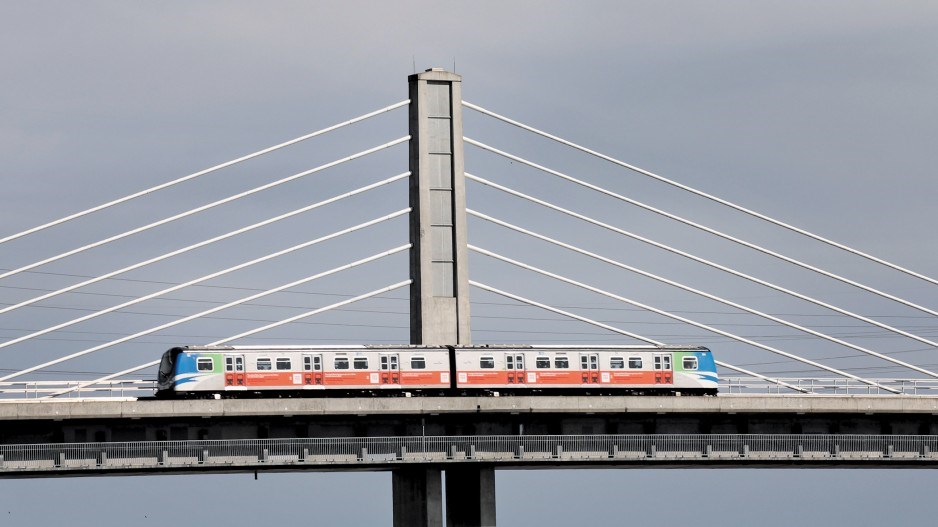Richmond’s downtown core was once saddled with double-digit office vacancies, but the Canada Line has focused developers on the area and reduced competition for traditional office space, which has created a healthier market.
Vacancies slipped below 10% this summer for the first time in years, according to Cushman & Wakefield Ltd. Now at 8.2%, vacancies have primed the city for the construction of 1.9 million square feet of office space in the downtown core over the next five years.
“[The] drop has been significant to where we’re at today, and most of the A-class towers in the city centre of Richmond are fully leased. So it’s been a big shift,” said Mark Chambers, executive vice-president with Jones Lang LaSalle (JLL). “We’re probably pretty close to being at the point where you could kick something off. The rates have really bounced back.”
Just how tough was the market?
According to CBRE Ltd., vacancies in Richmond’s top-tier office space peaked at 26.9% in the first quarter of 2010, while C-class vacancies stood at 39.5% two years later. An exodus of U.S. tenants during the Great Recession pushed vacancies in Crestwood Corporate Centre toward 36%, leaving landlords scrambling for tenants.
The opening of the Canada rapid transit line in 2009 further complicated matters, by making on-transit space far more attractive than offices whose locations compelled employees to commute by car.
The result was that vacancies declined for new, on-transit space even as older space in traditional business parks awaited new tenants.
Those tenants – primarily construction and engineering firms – have now moved in. Parking allotments accommodate staff between site visits, while shuttle service to transit facilitates the commute for other employees.
JLL reports that off-transit vacancies have dropped to 10.8%, while on-transit vacancies now sit at 2.3%.
“There’s always a user for real estate, and I think the business parks have adjusted,” Chambers said.
But he added that the shift in the market, thanks to transit, is clear: “You’ll see more development going forward, and the development you’ll see in the future will be in the downtown core.”
The office market’s realignment is something city planners have orchestrated for years, most recently in the 2009 City Centre Area Plan.
“We wanted to build a transit-oriented city,” said Terry Crowe, manager of the city’s policy planning department.
The displacement of industrial uses around the speed-skating oval east to Aberdeen station, as well as around Bridgeport station, cleared the way for office uses oriented to the Canada Line. Developers have partnered to build a new station at Capstan Way that will serve occupants of their projects.
“There must be at least 10 projects coming in now, and there would be more [coming],” Crowe said. “Almost every year we have been approving buildings with some degree of office.”
Five new purpose-built office towers are on the books within the No. 3 Road corridor, including a 97,856-square-foot tower within a mixed-use complex under construction at 8451 Bridgeport Road, UEM Sunrise (Canada) Development Ltd.’s proposal for 165,700 square feet at Alderbridge Way and No. 3 Road and Bene Development’s bid to rezone 4700 No. 3 Road for a nine-storey building with 58,000 square feet.
The largest of the lot is Yuanheng Holdings Ltd.’s proposal for two towers with 355,000 square feet as part of its ambitious transformation of Duck Island.
They’re part of a wave of development that Crowe says will be a “significant” addition to the city’s office space – with more to come through 2041.
But could it be too much, too soon for a market that’s finally regained its balance?
Avison Young principal Glenn Gardner doesn’t think so.
While a steady stream of smaller projects have been feeding the market, stand-alone projects such as Yuanheng’s take far longer to materialize and demand will need to be greater than it is today.
“I don’t see any of that coming online for a while,” Gardner said of the two towers Yuanheng plans. “I’m not sure the market is deep enough at this point.”




